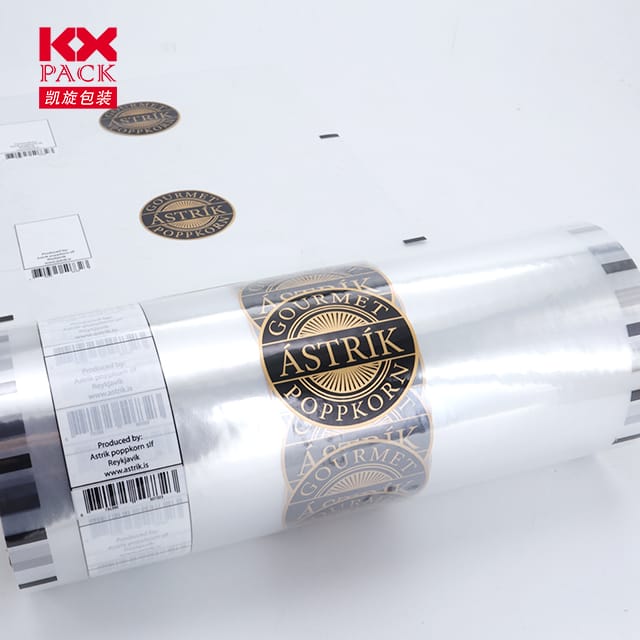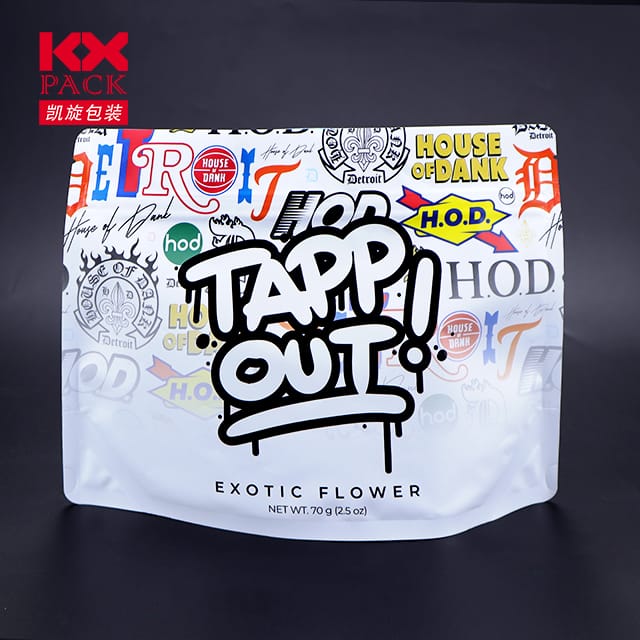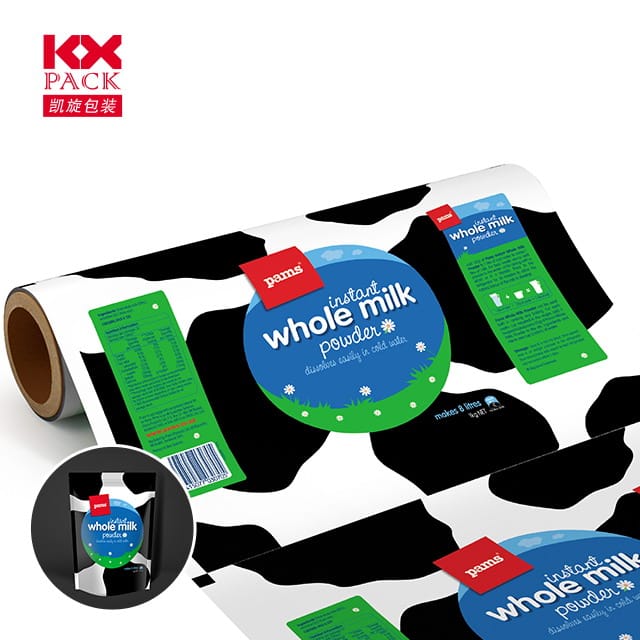塑料膜对包装的演变和影响: 平衡创新与可持续性
包装塑料膜
在当今快节奏的消费世界中, 包装塑料膜 stands as an unsung hero, 悄悄地实现高效存储, 运输, 并保存无数产品. 从新鲜农产品到电子产品, 这种多功能的材料彻底改变了供应链和延长产品货架的生活. 然而, its ubiquity also raises critical questions about environmental impact and the urgent need for sustainable alternatives. Let’s unpack the role of plastic film in packaging, 它的好处, 挑战, and the path forward.
为什么塑料薄膜主导包装
包装塑料膜, 通常由聚乙烯制成 (体育), 聚丙烯 (聚丙烯), 或聚氯乙烯 (PVC), is favored for its:
- Lightweight Durability: 保护产品免受潮湿, 灰尘, and physical damage without adding excess weight.
- 成本效益: Lower production and transportation costs compared to alternatives like glass or metal.
- 灵活性: Easily molded to fit diverse product shapes, from irregular food items to delicate electronics.
- 屏障特性: Customizable to control oxygen, 光, and odor transmission, 保留产品新鲜度.
These traits make it indispensable for industries like food and beverage, 药品, and e-commerce. 例如, 改良的气氛包装 (地图) uses plastic films to extend the shelf life of perishables like meat and vegetables by weeks, reducing food waste—a significant environmental concern in itself.
The Environmental Paradox
尽管有优势, 包装塑料膜 contributes to a growing global crisis:
- 一次性文化: An estimated 40% of all plastic produced is for packaging, much of it discarded after a single use.
- 污染: Improper disposal leads to plastic waste in oceans, landfills, 和生态系统, where it can take centuries to decompose.
- 微塑料: Fragmented 包装塑料膜 break down into microplastics, infiltrating water supplies, 土壤, and even the human food chain.
The challenge lies in reconciling plastic film’s functional benefits with its ecological footprint.
创新推动了可持续性
The packaging industry is responding with cutting-edge solutions:
- 可生物降解和可堆肥膜:
- Materials like polylactic acid (解放军), derived from renewable resources (例如。, 玉米淀粉), decompose in industrial composting facilities.
- Starch-based blends and algae-derived films are emerging as eco-friendly alternatives.
- Recyclable and Recycled Content:
- Advances in chemical recycling are turning post-consumer plastic waste into high-quality films.
- Mono-material 包装塑料膜 (例如。, 全皮袋) simplifies recycling processes.
- 可重复使用的包装系统:
- Brands are experimenting with returnable, refillable containers paired with durable plastic liners.
- Closed-loop systems minimize waste by reusing packaging across supply chains.
- Edible and Water-Soluble Films:
- Innovations like seaweed-based casings for food or dissolvable laundry detergent pods reduce reliance on traditional plastics.
The Role of Consumers and Policy
Sustainability isn’t just an industry responsibility. Consumers can drive change by:
- Supporting brands that prioritize recyclable or compostable packaging.
- Advocating for improved recycling infrastructure and clearer labeling.
- Reusing plastic films (例如。, for food storage) 可能.
Governments and regulators also play a pivotal role. Policies like extended producer responsibility (EPR) laws, plastic taxes, and bans on single-use plastics are accelerating the transition to greener alternatives.
展望未来: A Circular Future
The ideal scenario is a循环经济 for plastic film packaging, where materials are designed for reuse, 回收, or safe composting. This requires:
- Collaboration across industries to standardize recycling processes.
- Investment in R&D to scale sustainable materials without compromising performance.
- Consumer education to shift behaviors toward waste reduction.
结论
Plastic film for packaging is a double-edged sword: a marvel of modern engineering that has transformed global trade but also a symbol of humanity’s overreliance on fossil fuels and disposable culture. 前进的道路需要创新, accountability, and a collective reimagining of how we produce, 使用, and discard packaging. By embracing sustainable alternatives and advocating for systemic change, we can ensure that plastic film’s legacy is one of progress—not pollution.
What’s your take on plastic packaging? Share your thoughts or sustainable swaps you’ve made in the comments below! 🌍♻️






